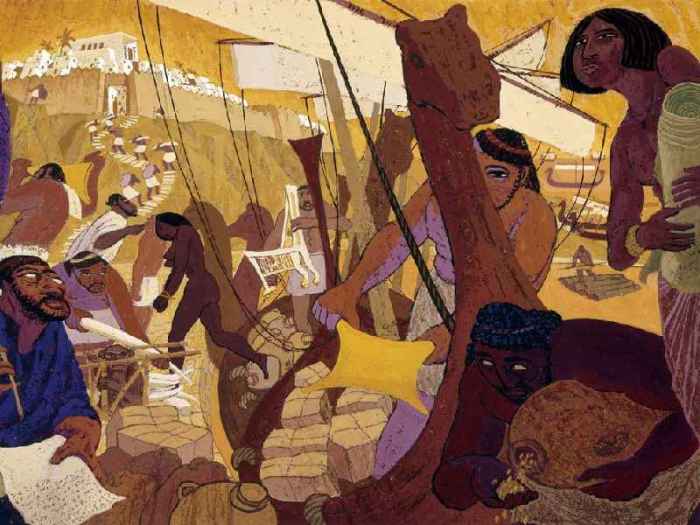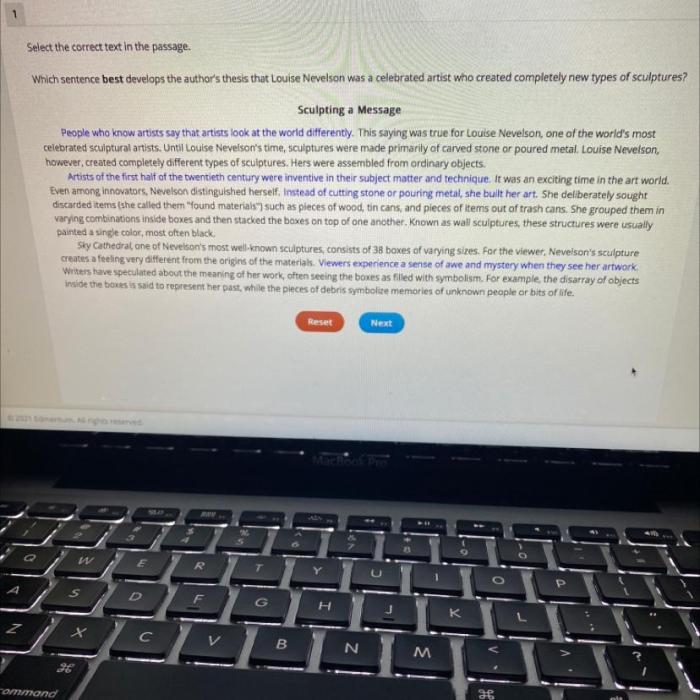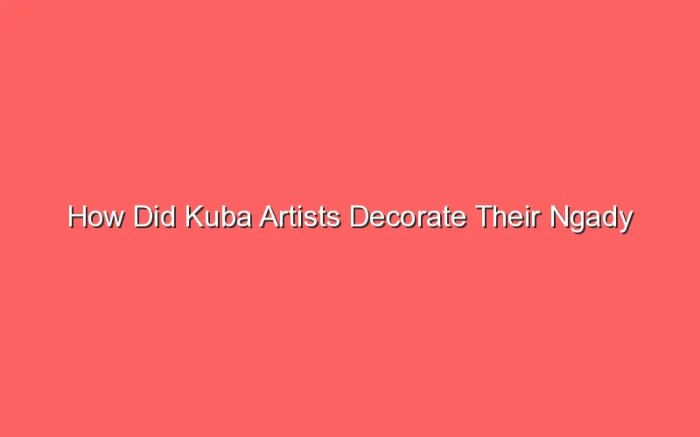How did Kuba artists decorate their ngady amawaash masks? This question opens a door into the vibrant world of Kuba culture, where masks hold profound significance and intricate designs convey layers of meaning. Delving into the techniques, symbolism, and regional variations that define these captivating masks, we embark on a journey to unravel the artistry and cultural heritage of the Kuba people.
Ngady amawaash masks, adorned with intricate patterns and vibrant colors, embody the creativity and cultural traditions of the Kuba people. These masks are not mere objects; they are imbued with symbolic power and play a vital role in Kuba rituals and ceremonies.
By exploring the artistic techniques and materials employed by Kuba artists, we gain insights into the cultural and spiritual significance embedded within these masks.
Artistic Techniques and Materials

Kuba artists employ a combination of traditional techniques and materials to decorate ngady amawaash masks. The masks are typically carved from a single piece of wood, often the lightweight wood of the ficus tree. The wood is then smoothed and shaped using adzes, knives, and sandpaper.
Once the basic form of the mask is complete, the artist begins to decorate it using a variety of techniques, including:
- Painting:The masks are typically painted with a mixture of natural pigments and beeswax. The pigments are derived from minerals, plants, and insects, and the beeswax provides a glossy finish. The colors used are often symbolic, with red representing power, black representing death, and white representing purity.
- Carving:In addition to painting, the masks are often carved with intricate designs. The carving is typically done with a knife or chisel, and the designs can range from simple geometric patterns to complex scenes depicting animals, people, and spirits.
- Adornment:The masks are often adorned with a variety of objects, including beads, shells, feathers, and metalwork. These adornments serve both a decorative and a symbolic purpose, and they can help to identify the wearer of the mask.
Symbolic Significance of Decorations

The decorations on ngady amawaash masks are not merely decorative; they also have a deep symbolic significance. The colors, patterns, and motifs used by Kuba artists are all carefully chosen to convey specific meanings and stories. For example, the red color of the mask represents power and strength, while the black color represents death and mourning.
The geometric patterns on the mask often represent the Kuba people’s connection to the natural world, while the animal and human figures represent the spirits that are believed to inhabit the forest.
Regional Variations and Styles
There are a number of different regional variations and styles of ngady amawaash masks. The masks from the Kuba kingdom of Bushoong are typically more elaborate and finely decorated than the masks from other regions. The Bushoong masks often feature intricate carvings and a wide range of colors, while the masks from other regions are often more simple and understated.
The masks from the Kuba kingdom of Ngeende are known for their use of bright colors and geometric patterns, while the masks from the Kuba kingdom of Mputu are known for their use of naturalistic carvings.
Cultural Influences and Exchange: How Did Kuba Artists Decorate Their Ngady Amawaash Masks
The decoration of ngady amawaash masks has been influenced by a variety of different cultures and artistic traditions. The Kuba people have a long history of trade and cultural exchange with other African peoples, and this has led to the incorporation of elements from other cultures into their own art.
For example, the use of beads and metalwork on Kuba masks is thought to have been influenced by the neighboring Luba people. The Kuba people have also been influenced by European culture, and this is evident in the use of some Western motifs and techniques in the decoration of their masks.
Role in Kuba Society and Rituals
Ngady amawaash masks play an important role in Kuba society and rituals. The masks are used in a variety of ceremonies, including funerals, weddings, and initiations. The masks are believed to represent the spirits of the ancestors, and they are used to invoke the spirits’ protection and guidance.
The masks are also used to entertain and educate the community, and they are often performed at festivals and other gatherings.
Contemporary Interpretations and Innovations

Contemporary Kuba artists are reinterpreting and innovating traditional mask-making techniques in a variety of ways. Some artists are using new materials and techniques to create masks that are more modern and contemporary. Others are using traditional techniques to create masks that are more traditional in style.
Still others are combining traditional and modern techniques to create masks that are unique and innovative. Regardless of the approach they take, contemporary Kuba artists are ensuring that the tradition of ngady amawaash mask-making continues to thrive.
Top FAQs
What materials did Kuba artists use to decorate ngady amawaash masks?
Kuba artists employed various materials, including wood, paint, natural pigments, and other adornments such as beads, shells, and feathers.
What is the symbolic significance of the decorations on ngady amawaash masks?
The decorations on ngady amawaash masks hold cultural and spiritual meanings, representing ancestral spirits, clan identities, and the Kuba worldview.
How do regional variations influence the decoration of ngady amawaash masks?
Different Kuba regions have distinct styles and variations in mask decoration, reflecting the cultural diversity within the Kuba culture.
How have external influences impacted the decoration of ngady amawaash masks?
Interactions with other ethnic groups and artistic traditions have influenced the development of Kuba mask-making techniques, leading to the incorporation of new motifs and designs.
What is the role of ngady amawaash masks in Kuba society and rituals?
Ngady amawaash masks play a significant role in Kuba society, being used in ceremonies, rituals, and performances, where they embody ancestral spirits and serve as a means of communication with the supernatural.